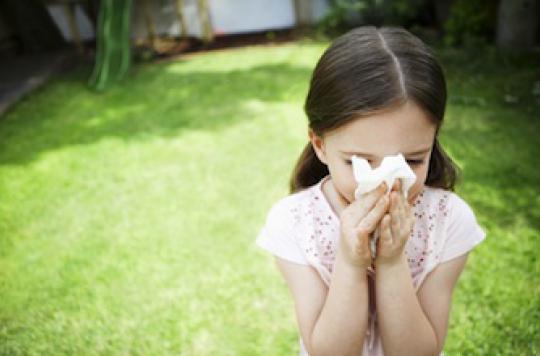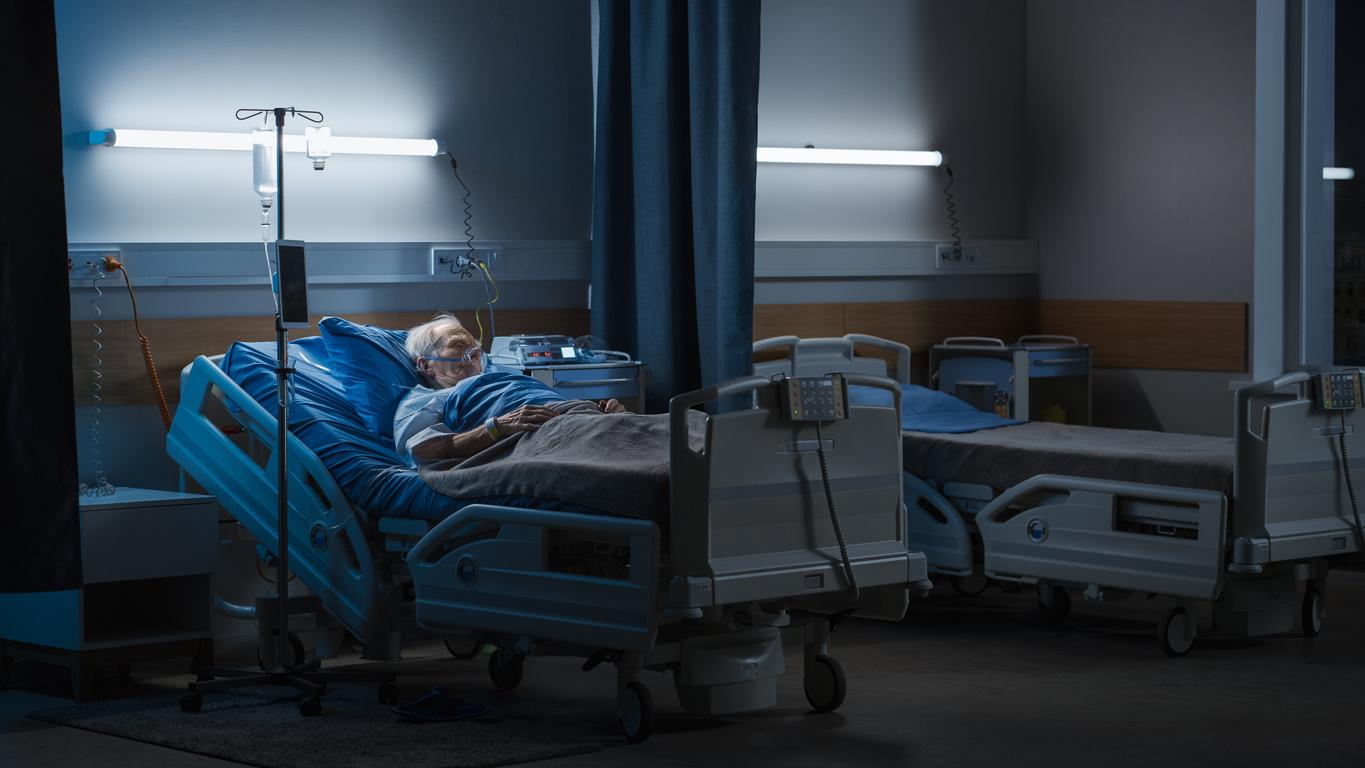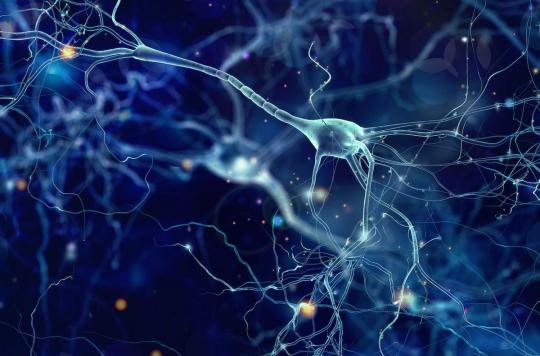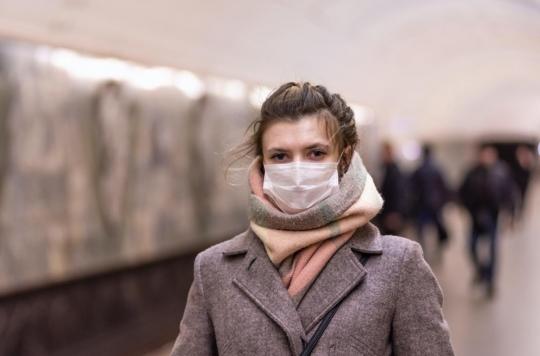For 2 years, the GrippeNet surveillance network has made it possible to collect data on influenza syndromes directly from users. 5,800 volunteers contribute to its success.

Launched in mid November, GrippeNet.fr is an influenza research project. Set up two years ago by Inserm and Pierre et Marie Curie University, in coordination with the Institut de Veille Sanitaire, it allows everyone to participate in influenza surveillance in France, on a voluntary, anonymous and volunteer.
The principle of GrippeNet is simple and only a few minutes are enough. When registering on the site, an email address is requested. After having completed a questionnaire specifying his profile, the participant is invited each week to complete a short questionnaire recapitulating the symptoms he has had or not since his last connection (fever, cough, etc.). These data are immediately analyzed and contribute in real time to influenza surveillance in France. They also allow you to study how the disease spreads.
The device continues to attract more and more participants. Indeed, more than 3 months after its launch, the percentage of participants of GrippeNet.fr declaring symptoms compatible with an influenza-like illness increased, from 1.2% of participants per week at the end of December to 2.5% at the beginning of February. Currently, more than 5,800 volunteers have already registered on the site. The average age of participants in the second season of GrippeNet.fr is 45, mostly women (62%). The departments in which the participation is the most important are Haute-Corse, Corse du Sud and Paris. Despite this success, Inserm remains cautious. And the institute would like to point out that “participation in this program obviously does not replace a visit to your general practitioner”.
The main reported signs last week were a runny or stuffy nose (13.1% of participants), cough (10.3%), sneezing (8.5%) and sore throat (7, 6%). The regions in which participants were the most likely to report ILI symptoms were Poitou-Charentes (6% of participants), Nord-Pas-de-Calais (5.9%) and Brittany (3.5%).
.















